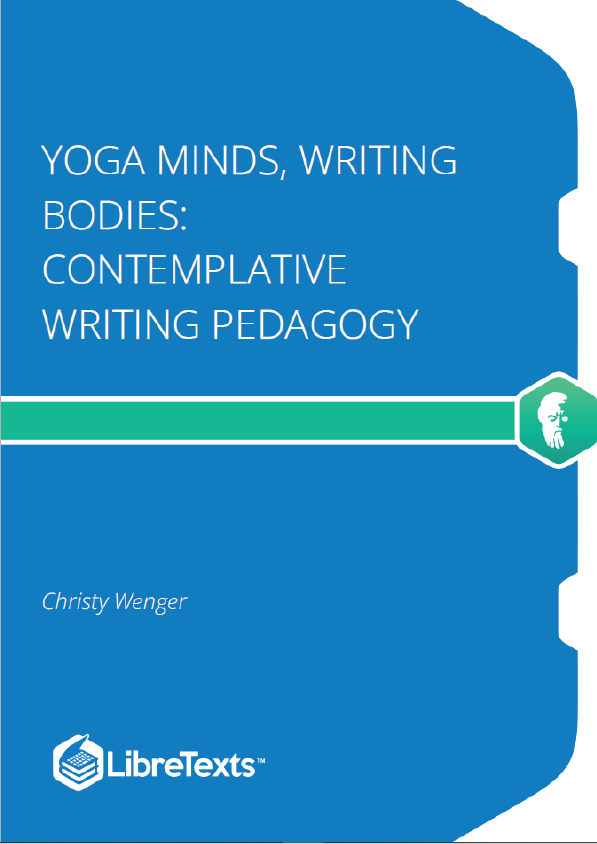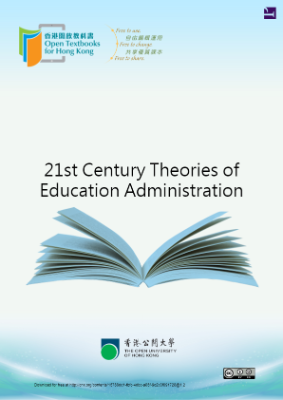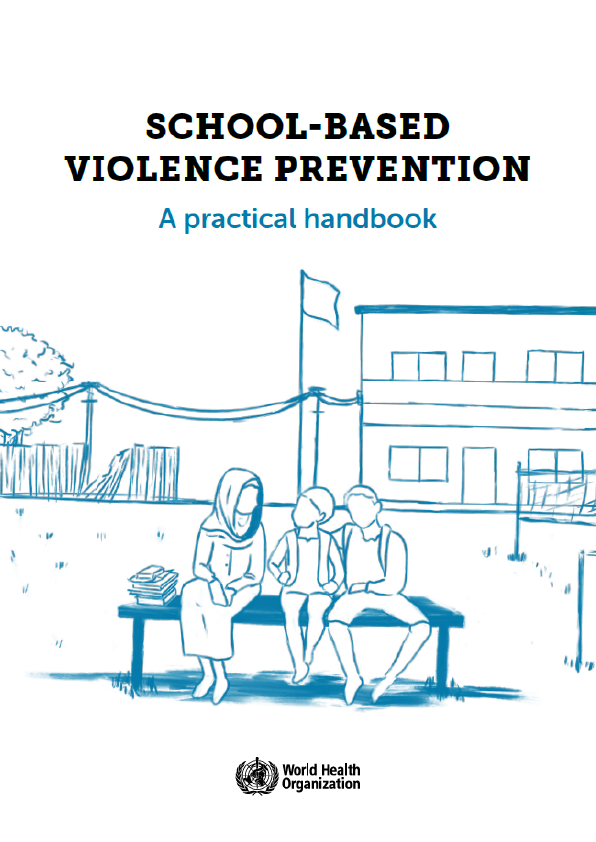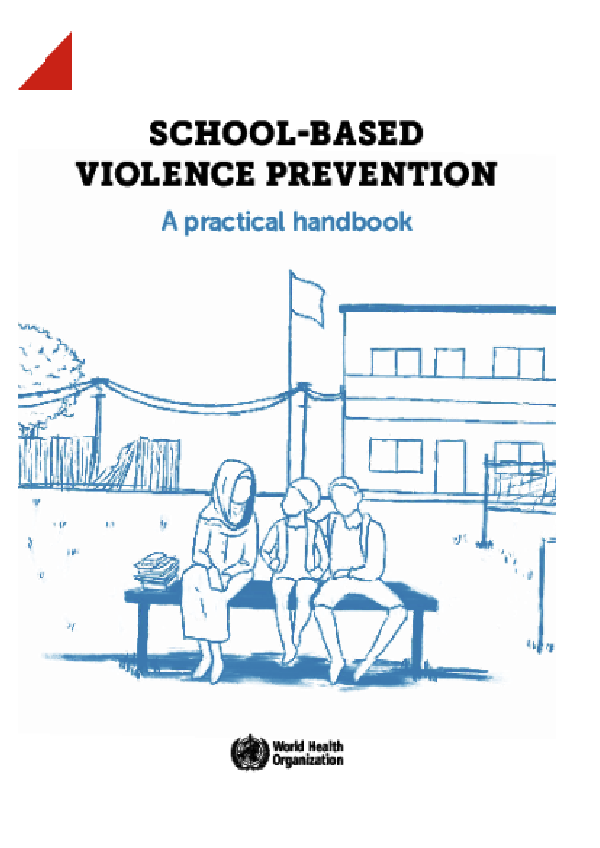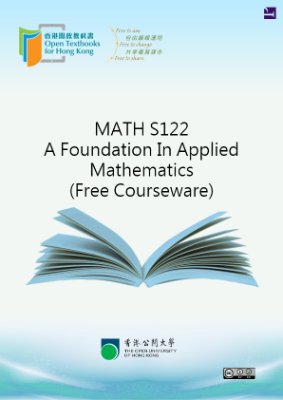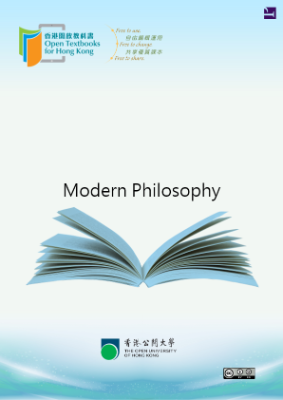The rhetorical primacy of the body is guaranteed within contemplative pedagogy by mindfulness, or moment-to-moment awareness. Mindfulness is the practice of slowing down and paying close attention to the present moment. We practice mindfulness when each “thought feeling or sensation that arises in the attentional field is acknowledged and accepted as it is” (Bishop et al., n.d., p. 8). Rather than over-identifying with or immediately reacting to thoughts and feelings as they arise, the practitioner of mindfulness creates a critical distance, a space between perception and response, that allows for eventual, intentional response as opposed to automatic, unthinking and habitual reaction (Bishop et al., n.d., p. 9). As my reader will see in the coming chapters, mindfulness forces us to be responsive to the sensations of our bodies and our corresponding feelings; it roots us in the present moment so that we may more consciously shape our future actions. Because it encourages careful consideration and choice, mindfulness fosters in writers the kind of rhetorical responsibility characteristic of embodied approaches to writing and rhetoric.
While embodied rhetorics remain a relatively new area of interest for the field of composition studies, some beginning explorations have started to document the changes that occur when awareness of the organic body productively interrupts our professional writing (Jane Hindman’s Making Writing Matter), reflections on our teaching (William Banks’ Written Through the Body; Tina Kazan’s Dancing Bodies) and our understanding of literacy as primarily verbal (Kristie Fleckenstein’s Embodied Literacies). While no two embodied writing pedagogies are exactly alike, they are all united by the common purpose of inserting the body into education by self-consciously attending to the somatics of learning and teaching. Debra Hawhee points out that recent interest in embodied pedagogy actually returns us to an ancient connection between rhetorical and athletic training. Hawhee reveals that sophistic pedagogy displayed a curious syncretism between athletics and rhetoric, a particular crossover in pedagogical practices and learning styles, a crossover that contributed to the development of rhetoric as a bodily art: an art learned, practiced, and performed by and with the body as well as the mind. (2002, p. 144)
Whether we view them as contemporary movements or renewals of classic paradigms, these pedagogies have effectively shifted our focus to the material bodies of the students and professionals involved in the act of writing and away from a strict theoretical discourse of the subject who is written.
Raul Sanchez overviews the history of this shift in his recent College English article, Outside the Text: Retheorizing Empiricism and Identity. Sanchez argues that the defining feature of the postmodern moment, which he situates in the 1980s to 1990s within composition studies, was an emphasis on “the subject,” a theoretical term that questioned the validity of “the writer,” a term rooted in realist materiality: “[t]he writer and the subject, then, have not been interchangeable: the latter remains a figure with which to theorize systematically, while the former is encountered materially and individually” (2012, p. 235). Noting we are now past postmodernism, Sanchez claims we are once again asking ourselves what’s “outside” of writing. Sanchez’ central query establishes recent investigations of embodied writing—and this project’s focus on contemplative writing, arguably a richer alternative—as part of a contemporary, historical movement to validate “commonsense materiality” (2012, p. 235).
